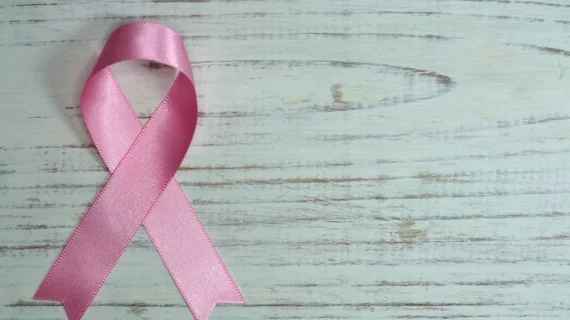As public awareness, technology and information regarding breast cancer have steadily increased, so has the number of patients aged 40 years or younger being referred to specialist breast care units.
Although breast cancer is uncommon in this population, a study published online May 3 in Clinical Radiology demonstrated that triple assessment plus radiological imaging is the best approach for younger patients showing low-risk breast related symptoms.
"This cohort [patients less than 40 years of age] should not be treated any differently regarding one-stop clinic infrastructure as the cancers detected were not clinically malignant," wrote lead author F.A.K. Mazari from the University Hospital Southhampton NHS Foundation Trust in the U.K. "Missed cancers in this age group would have significant personal, clinical and legal consequences."
Mazari and colleagues collected breast imaging data (demographics, symptoms, diagnostics and treatment details) were collected from a total of 3,305 patients seen in a single one-stop breast clinic between January 2014 and August 2015. Subgroup and logistics regression analyses were preformed to identify specific breast cancer predictors, the researchers wrote.
Study results included the following:
- Of the total number of patients included, 95.6 percent were first-time referrals, 57.6 percent had a breast lump and 4 percent had a high-risk family history.
- Roughly 76 percent underwent imaging and 24 percent underwent a biopsy.
- The median age was 29 years, breast cancer was diagnosed in 29 cases (0.88 percent) and 3.2 percent had surgery.
- Median referral-to-diagnosis time was 13 days and referral-to-surgery time was 44 days.
- Patients with breast cancer were significantly older (33 years versus 29 years) and all were first-time referrals.
- Most patients had a breast lump with low suspicion on clinical examination and breast cancer identified on imaging.
- Time to diagnosis (12 versus 14 days) and time to surgery (37 to 67 days) were significantly shorter in the breast cancer group.
- Older age and breast lumps were the only significant predictors of cancer found in the cohort.
Additionally, the team found through regression analysis an eight percent increase in breast cancer risk for the cohort with every passing year.
According to the researchers, their findings untimely point to the importance of radiological imaging along with triple assessments for younger women showing low-risk breast cancer symptoms - which without radiological imaging could compromise a timely diagnosis.
"Missing a cancer in this age group is a personal tragedy for the patient and her family and can lead to significant medicolegal implications for the clinicians and healthcare providers," the researchers concluded. "Therefore, concurrent radiological imaging continues to have a significant role to play in patients with a normal breast examination to exclude breast cancer with the necessary higher degree of certainty."

